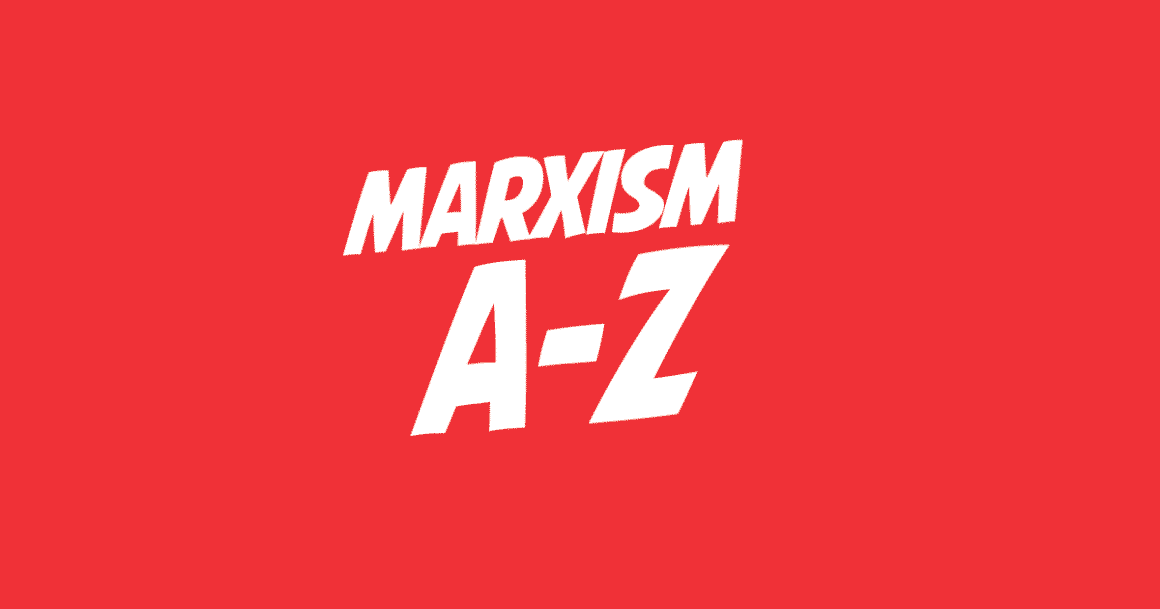

It’s an old message, but one that remains true today: unity is strength. On your own, you can do nothing against the power of your employer. But together, workers can resist their employers’ attacks. That is why wherever industry exists, wherever a working class is created, trade unions will be formed.
In Britain, where capitalism first developed, the initial attempts to form “combinations” (trade unions) began towards the end of the Eighteenth century. By the 1830s and 1840s the unions were allied to a revolutionary democratic movement – Chartism – which threatened to topple the entire social order. But after the defeat of Chartism the capitalist economy began to change.
Britain ruled the world. Its empire, covering a quarter of the world’s surface, meant that it could siphon off part of its profits to buy off a skilled section of the working class at home – a layer that Marxists called the labour aristocracy.
The bosses fostered this conservative layer within the working class which came to dominate the trade union movement of the second half of the nineteenth century, limiting self-organisation to skilled workers.
But as Britain’s long economic boom ended so the trade unions once again became the organisations of the masses. New unions sprang up. Friedrich Engels wrote:
“The organisation of the great mass of unskilled workers … their founders and promoters were socialists … we see now these new unions taking the lead of the working class movement generally, and more and more taking in tow the rich and proud ‘old’ unions.”
But the rise of the mass unskilled trade unions – though it was a major advance – also exposed two linked problems for revolutionary socialists. The limitations of trade unionism and the existence of the trade union bureaucracy.
Trade unions might be “schools for socialism”, but trade union consciousness is not spontaneously socialist. The overwhelming majority of strikes, negotiations and union meetings are about questions that can be resolved within the capitalist system. It can be anything from the length of a tea break, or a health and safety issue, to a national pay strike or redundancy battle.
At this level, the trade union struggle presents workers with only part of the whole picture. It can appear that the boss is cutting your wages because he is a particularly bad or incompetent boss. It can appear that if only you were paid “the rate for the job” everything would be alright.
In fact the system does not exist to reach a static and socially just equilibrium between workers and employers. It exists to make a profit for the employers. Full stop.
Anything that stands in the way of that gets ruthlessly attacked by the employers. The ultimate interest of the working class doesn’t lie in gaining temporary advantage in an endless round of localised struggles against individual bosses. It lies in transforming society to meet the needs of everyone, by abolishing the profit system.
Revolutionary Marxists understood that trade unions and strikes were only the start. Strikes and working class solidarity are the best way for workers to learn the truth about the enemy they are up against. Sooner or later, when a strike gets nasty, workers are victimised or sacked, the police are turned against the picket lines and the courts unleashed against the union funds.
Mass strikes like those of the miners, the printers, the seafarers and the dockers in the 1980s, open the eyes of millions of workers to the fact that the state is not neutral; it exists to protect the capitalist system.
Likewise a strike tells you who your friends are. There is no better cure for racism or nationalism than the kind of cross-community and international solidarity that mass strikes generate.
The task of socialists is to intervene in strikes and across the whole trade union movement, to develop revolutionary socialist consciousness in practice; drawing the lessons of victory and defeat, encouraging rank and file organisation, and ultimately effecting a revolutionary transformation of the unions into all-embracing mass organisations with real workers’ democracy.
That brings us to the second problem: the trade union bureaucracy.
Any fighting organisation has to have a working leadership. Today that means offices, phones, e-mail, printing presses, radio stations, and a dedicated layer of activists to make it all work. Marxists are not against the unions having all this and more – including full-time officials.
But ever since the mid-Nineteenth century, the growth of trade unions has meant the growth of a bureaucracy. Instead of rising with their class, the bureaucrats rise out of it. Today’s full-time union officials and leaders have wages significantly higher, and jobs far more secure than those of the workers they represent.
And not only that; they are systematically encouraged by the ruling class to incorporate themselves into the high echelons of the capitalist system. This happens under both Labour and Tory governments. Thatcher may have abolished beer and sandwiches at Downing street for the union leaders, but she went on appointing them to health and safety boards, training boards, the BBC and the House of Lords.
The struggle to transform the unions inevitably comes up against this conservative bureaucracy, whose jobs depend on maintaining their role as middle-men in the struggles and negotiations between workers and bosses.
That is why transforming the unions is not just a fight to change the leaders but also the structures so that union officials are elected, recallable and paid the same as their members. and to achieve this requires the organisation of the rank and file of the unions against the bureaucracy.
A trade union can function without its bloated bureaucrats. In fact it will only really function as a force for socialist change without them.